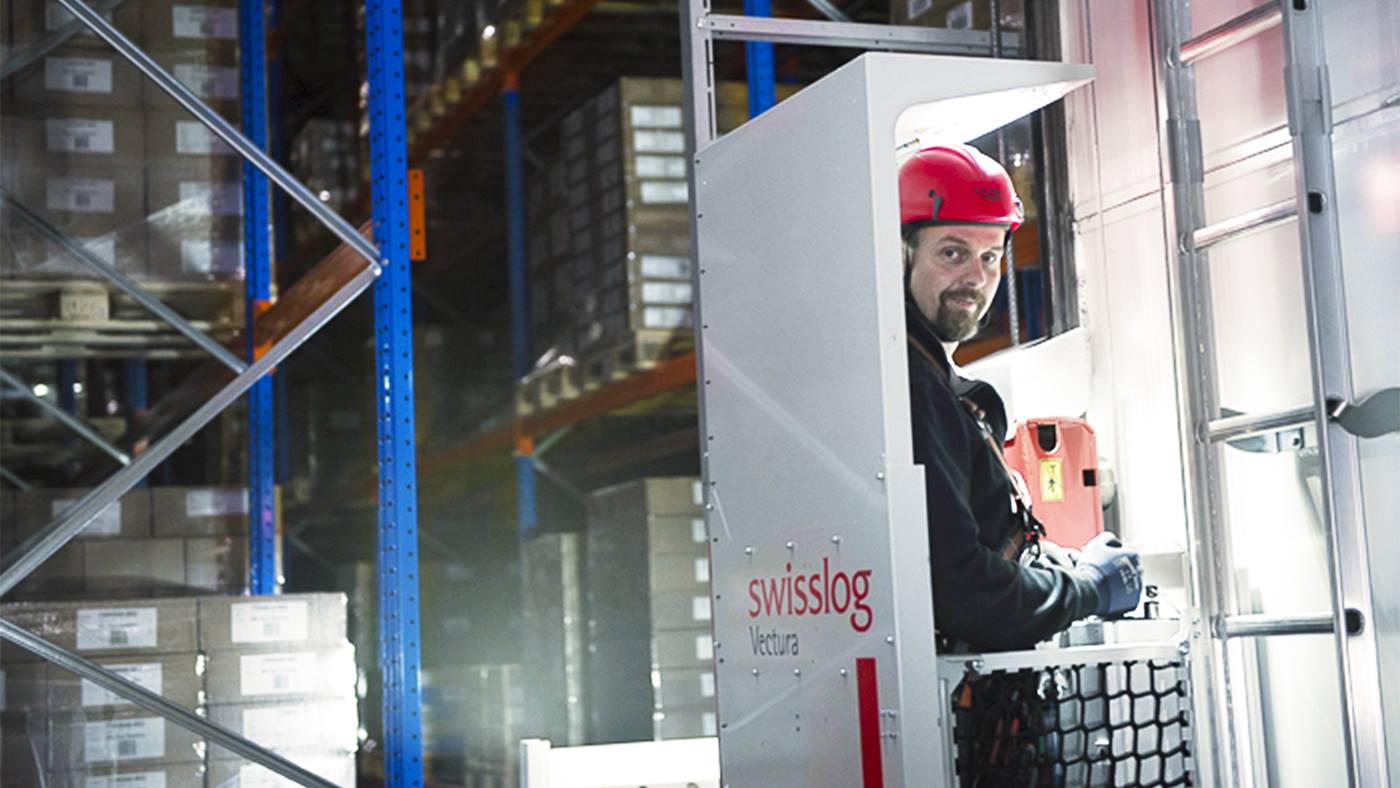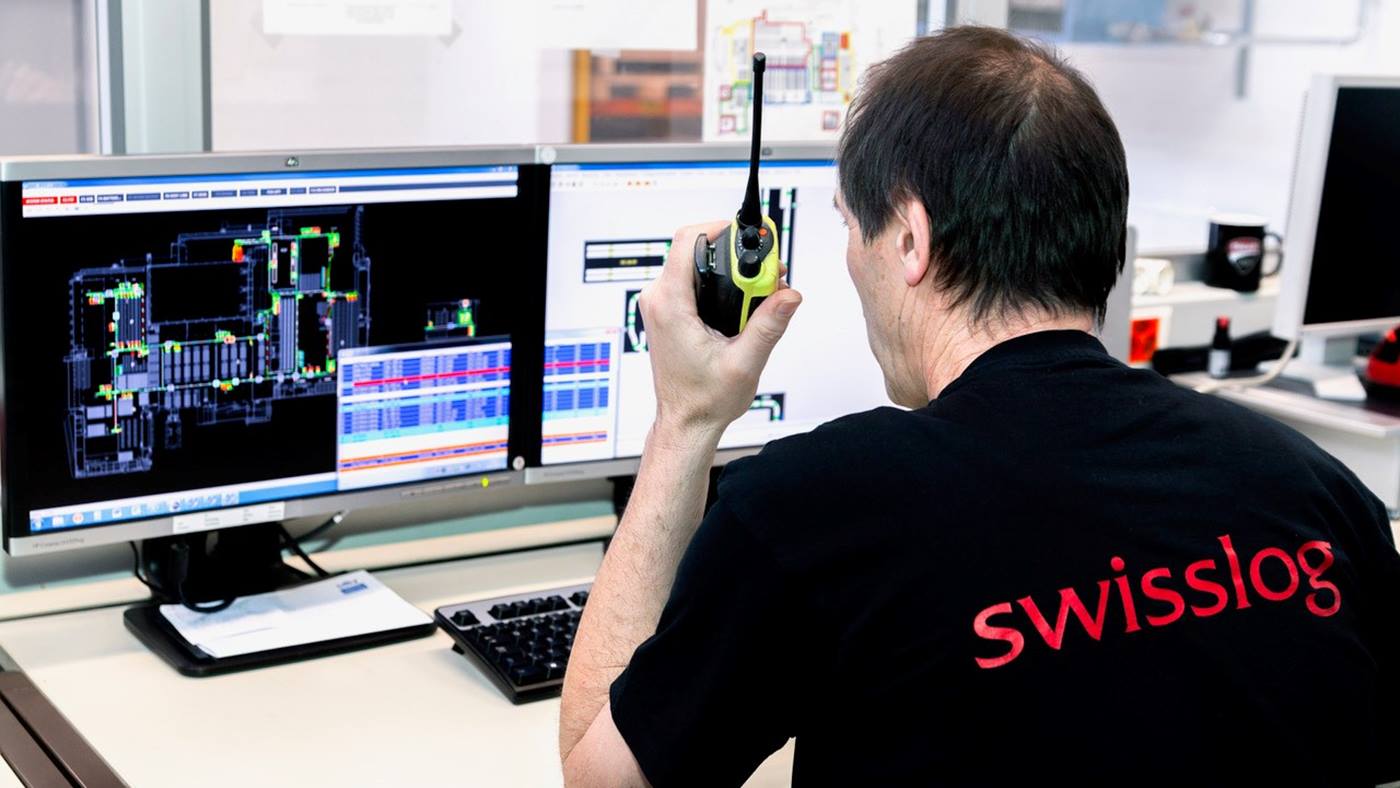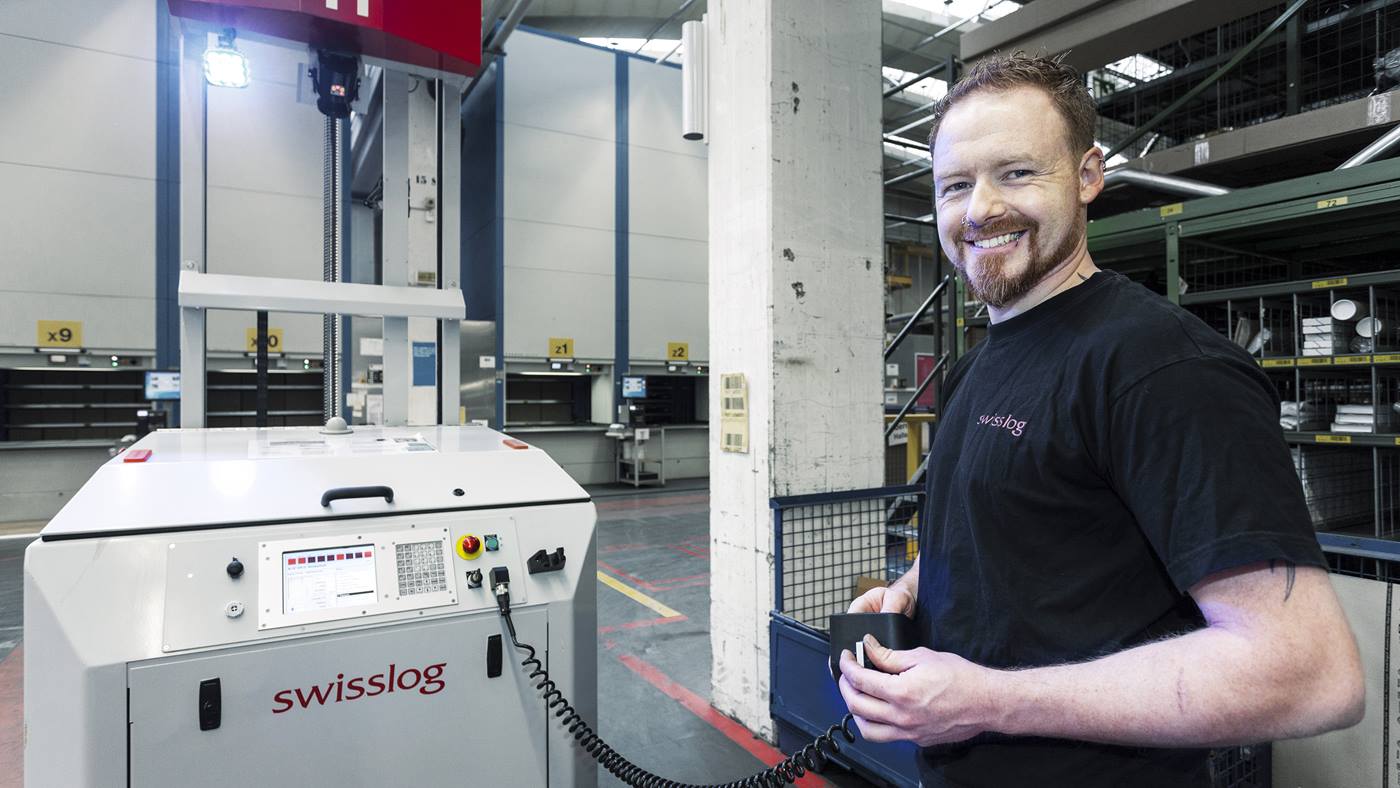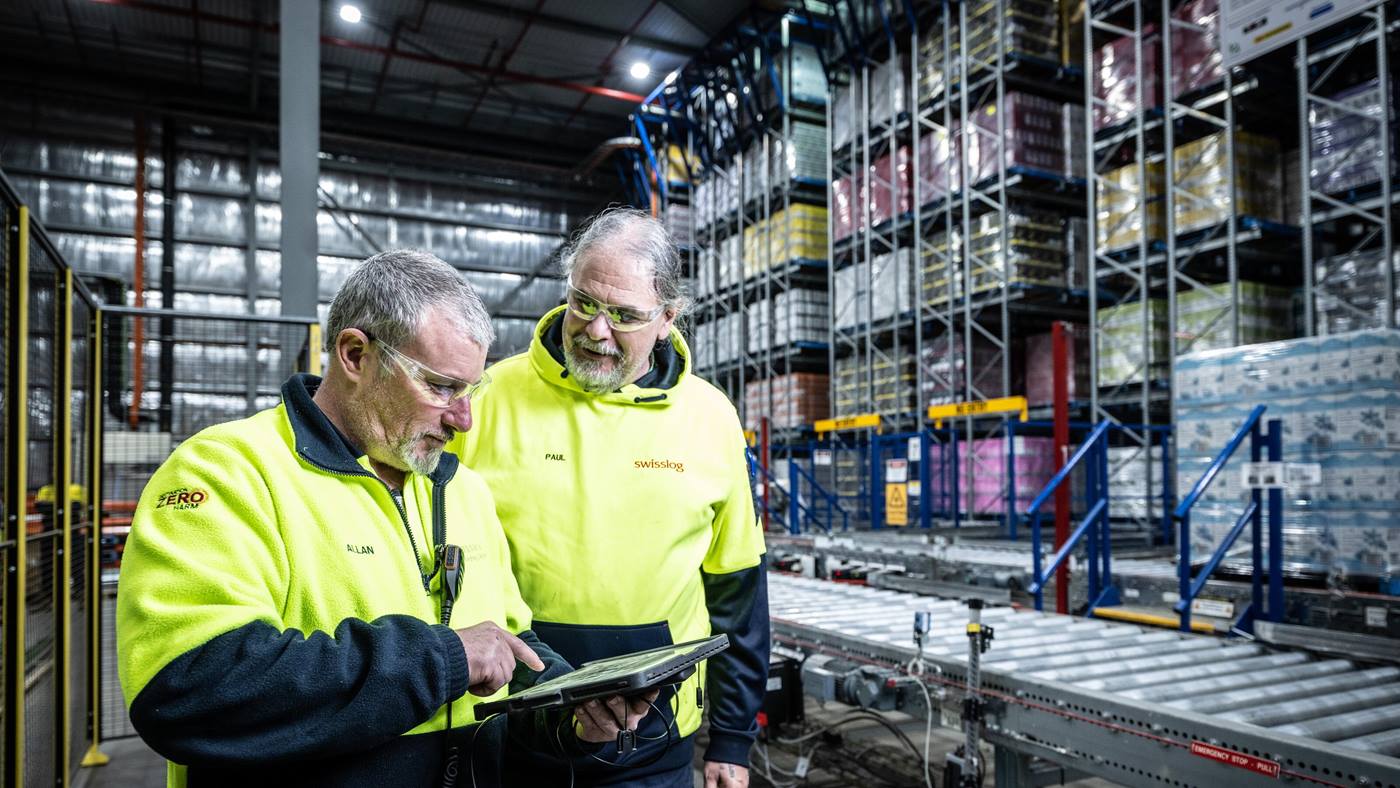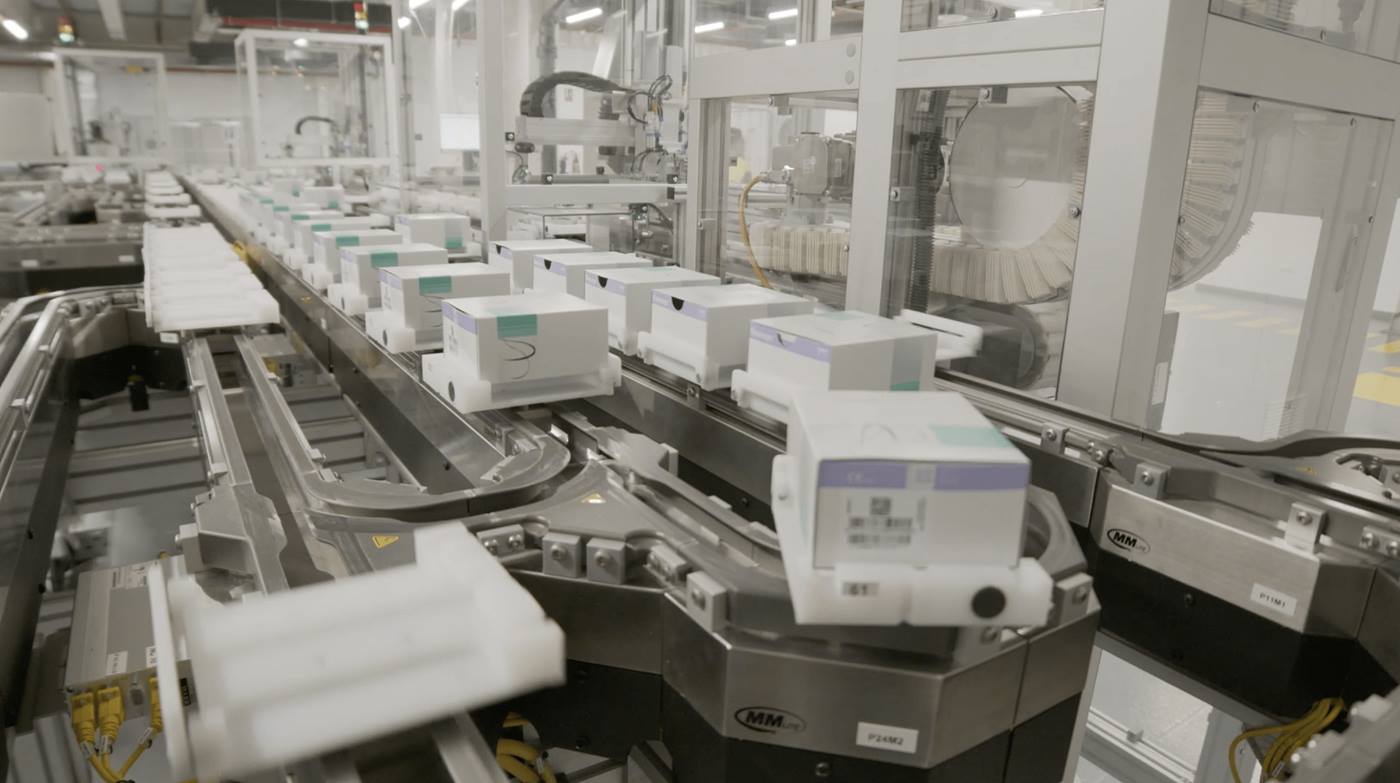Going the extra distance for spare parts
A very Wi-Fi Merry Christmas
“One of our major food and beverage clients was experiencing an unexpected series of ‘excessive trolley’ comms errors on the monorail system, right before the Christmas peak, when demand is at a yearly high. We had to work quickly, because the client was nervous about not meeting customer commitment orders at one of the busiest times of year. An initial diagnosis pointed to external interference with the Wi-Fi system. After establishing that both Wi-Fi points were operating correctly, the system operations team liaised with senior management from Swisslog and from the client, to arrange a complete site radio frequency interference survey.
In collaboration with an external party, Swisslog’s software controls team and onsite technicians confirmed that the microwave motion sensors for the high bay warehouse LED lighting were operating across the same channel on the 5Ghz frequency band as one of the monorail Access Points (APs) therefore causing severe interference and rendering that monorail AP non-functional. We liaised between Swisslog and the client’s teams, and several solutions were proposed. The client’s preferred solution was to fix both monorail access points to two separate channels on the 5Ghz band, both different from the channel that the sensors operate on. This solution was implemented in mid-December, and there have been no further outages since then. The client met all customer distribution commitments over the Christmas and New Year period, and was very happy a resolution was found swiftly.



